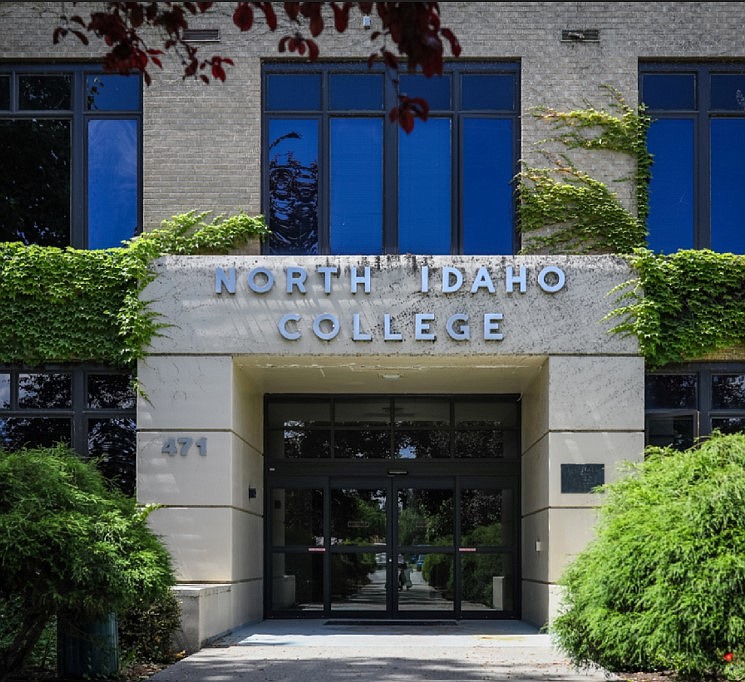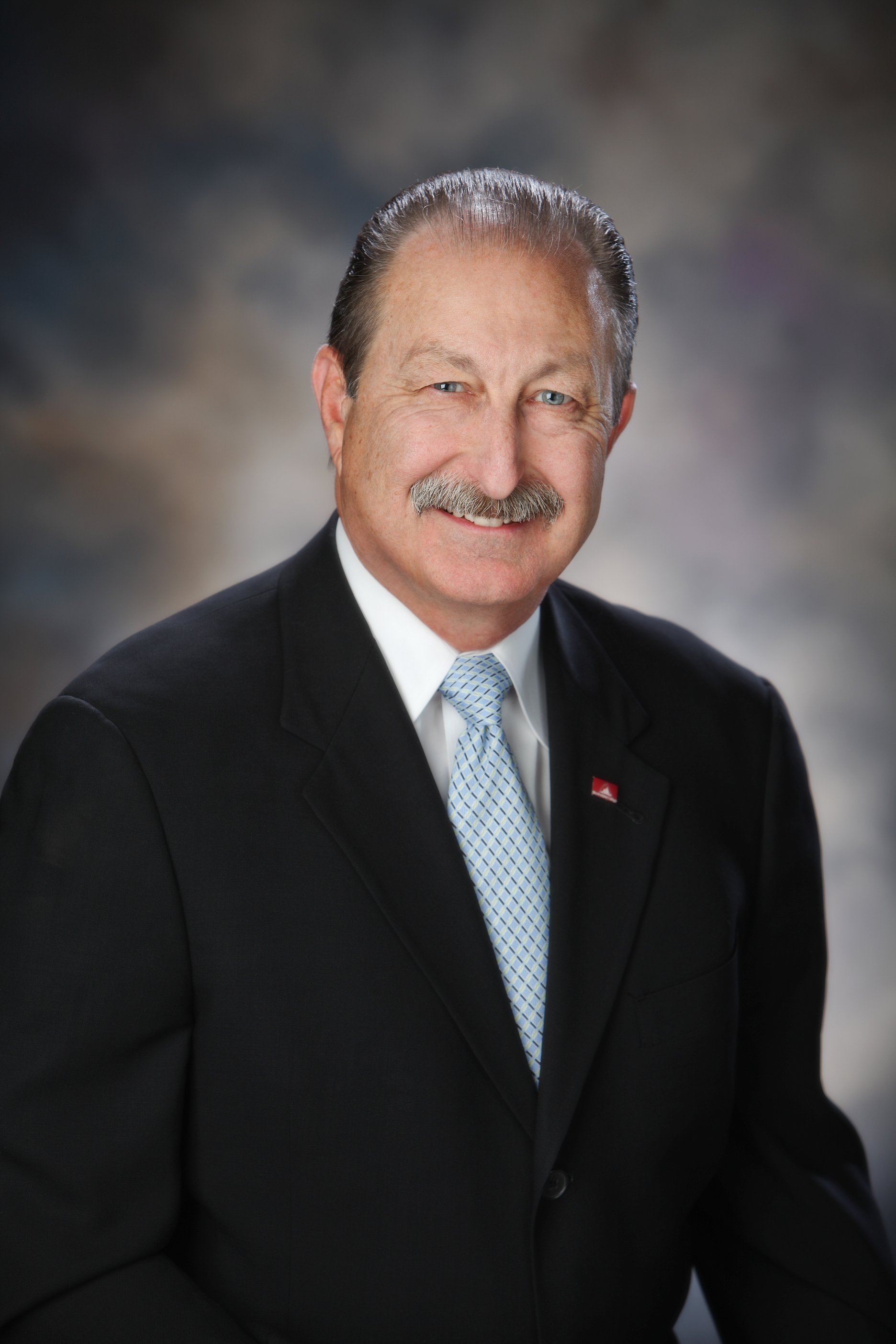North Idaho College trustees weigh $4 million athletics budget increase
COEUR d’ALENE — North Idaho College trustees are considering a proposed $4 million increase to the athletics budget, but it’s unclear how the college would pay for the increase.
The potential increase from $2.2 million to $6.2 million is tied to travel costs associated with NIC’s return to the National Junior College Athletic Association, as well as the board’s 3-2 vote last year to have NIC cover tuition, fees, books, room and board and one round-trip flight for all student-athletes playing sports associated with the Scenic West Athletic Conference, regardless of the student’s residency.
Some NIC trustees say the increase reflects the community’s priorities and won’t impact the college’s bottom line. Meanwhile, former NIC administrators say the college initially left the NJCAA largely for financial reasons.
“The travel costs were significantly lower (in the Northwest Athletic Conference),” said Joe Dunlap, who was NIC’s president when the college switched to the NWAC and later served as a trustee.
The move was also meant to improve the experience of student-athletes.
“We had teams that would be on the road for up to 10 days at a time,” Dunlap said. “If you’re a student first and an athlete second, which is what these individuals should be, then the impact on being a student is really adverse by being away from school and away from the instructors for such long periods.”
Sarah Garcia, NIC’s vice president for finance and business, told trustees in March that the $4 million proposed increase assumes a “worst-case scenario” where all 152 student-athletes are international. She later said the money will “most likely” have to come out of the fund balance unless another source of funding is identified.
When asked how NIC will pay for the proposed increase, Trustee Todd Banducci gave no answer.
“I suggest that you remind your readers that it was President Swayne who surprisingly and inexplicably and unexpectantly [sic] made the recommendation to return those NIC teams competing in the NWAC back to the SWAC and NJCAA,” he said via email. “So whatever impact athletics has to the budget is a direct result of his recommendation.”
In December 2022, the board tasked the college president with recommending whether NIC should remain in the NWAC or change conferences. In June 2023, Swayne recommended making the switch.
“If it’s the consensus of the board, then it’s my job to try to make that happen,” Swayne said.
Trustees voted unanimously to authorize the transfer. At that time, Banducci said he would only support the change if the board committed to “fully-funded grant in aid” for all student-athletes, as well as the “proper budget for recruiting.”
In March, Banducci suggested the estimated $1.2 million increase to the grant in an aid budget for athletics is a “fake number” and “funny money” that doesn’t represent the college’s out-of-pocket costs.
“That’s just bottoms in the seat in the classroom, but we’re already paying for the classroom and the instructor is already there, so there’s no added cost to that instructor being in that classroom,” he said.
When reached by The Press, Banducci did not elaborate on that description.
“The premise and dollar figures you are working from are invalid and designed to create headlines,” he said in an email.
Garcia said Banducci’s description is accurate in some circumstances. If a class is full, there’s no incremental cost associated with adding students who receive tuition waivers. But if a class is not full, a college loses money on such students.
For example, if a student who must pay $3,000 in tuition receives an outside scholarship to cover half and pays the rest out of pocket, the college nets the full $3,000. But if the student receives external financial aid for half the tuition and grant in aid covers the other half, the college only receives $1,500.
Last fall, NIC President Nick Swayne questioned whether providing full scholarships, room and board and more for student-athletes is the right move.
“We provide an opportunity for regional athletes who are really good athletes to come and compete,” Swayne said. “But I think giving coaches basically carte blanche to recruit nationally and internationally, we’re likely to see (nonlocal) people here … When they finish their educational career here, they go home.”
About 40% of NIC student-athletes are from Idaho at present, with about 27% being Kootenai County residents. About 17% are Washington residents, while 9% come from other states and 8% are international students.
The remaining student-athletes, about 28% of the total, come to NIC by way of the Western Undergraduate Exchange, which allows students from 16 member states and territories in the western U.S. to attend college in other member states and pay a reduced tuition price.
In 2014, the last year the college was in NJCAA, 25% of student-athletes were Idaho residents. Washington residents comprised about 38% of the total and 29% were Western Undergraduate Exchange students. The remaining 8% came from other states.
A former senior-level administrator at NIC, who spoke to The Press on the condition of anonymity, said local and regional recruitment was emphasized when the college moved to the NWAC.
“It was a little more in line with what a community college should be,” he said. “We had some great teams, but is it our job to get them in a professional league or is it our job to give them an education?”
The former administrator said community college athletics help to build enrollment by providing student-athletes with an avenue to pursue higher education, which will in turn give better career prospects. But academics must come first.
“Students go to college because they believe that if they come, they’ll have access to education that will provide a better future,” he said. “Regardless of what you do, you’ll have a better future because you have options.”





